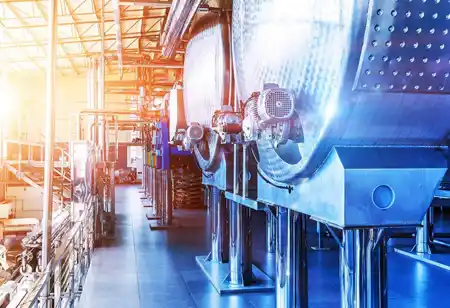The chemical industry remains dynamic and multifaceted, constantly adapting to the evolving landscape.
FREMONT, CA: The chemical industry is one of the world's most vital and multifaceted sectors, producing diverse products ranging from pharmaceuticals to plastics to fertilizers. As a continuously evolving landscape, it constantly experiences new trends and innovations. Here, we outline the prominent industry developments shaping the chemical industry beyond 2023:
1. Sustainability Drive: Amidst growing environmental concerns, chemical companies face mounting pressure to reduce their ecological footprint. This impetus is steering the industry towards adopting sustainable practices, encompassing renewable feedstocks, optimizing manufacturing processes, and a concerted effort to minimize waste generation.
2. Digital Revolution: Leveraging digital technologies is a hallmark of enhancing efficiency and productivity across the chemical sector. This includes the implementation of artificial intelligence (AI) and machine learning (ML) for process optimization, demand prediction, and novel product development.
3. Transition to Circular Economy: The chemical industry is increasingly pivoting towards a circular economy model where waste is minimized and resources are extensively recycled and reused. This shift reduces environmental impact and opens up new avenues for business development.
4. Innovative Materials: Chemical enterprises actively develop novel materials boasting superior attributes like enhanced strength, durability, and recyclability. These innovative materials are finding applications in various industries, from automotive and electronics to healthcare.
Specific Instances of Industry Response:
● BASF is committing to sustainable practices through investments in renewable energy and developing carbon capture and storage technologies to reduce environmental impact.
● Dow is employing AI and ML to bolster manufacturing efficiency and foster innovation in product development.
● DuPont is advancing circular economy principles, particularly for plastics, by investing in recycling and reuse technologies.
● Solvay is focusing on developing cutting-edge materials for electric vehicles, batteries, and lightweight materials for the aerospace sector.
In addition to the aforementioned trends, noteworthy developments within the chemical industry include:
1. Bio-based Chemicals: An increasing emphasis on bio-based chemicals, which are derived from renewable sources like corn, sugarcane, and algae, as a more sustainable alternative to petroleum-based counterparts.
2. Advanced Catalysts: Developing more efficient and selective catalysts, accelerating chemical reactions, and ultimately reducing costs and environmental impact.
3. 3D Printing Integration: The adoption of 3D printing technology to produce customized chemical components and prototypes for new chemical products.
The chemical industry remains dynamic and multifaceted, constantly adapting to the evolving landscape. The trends and innovations outlined above provide a glimpse into the transformative changes taking place in the industry beyond 2023. Companies that embrace these developments will likely position themselves successfully for the future.

